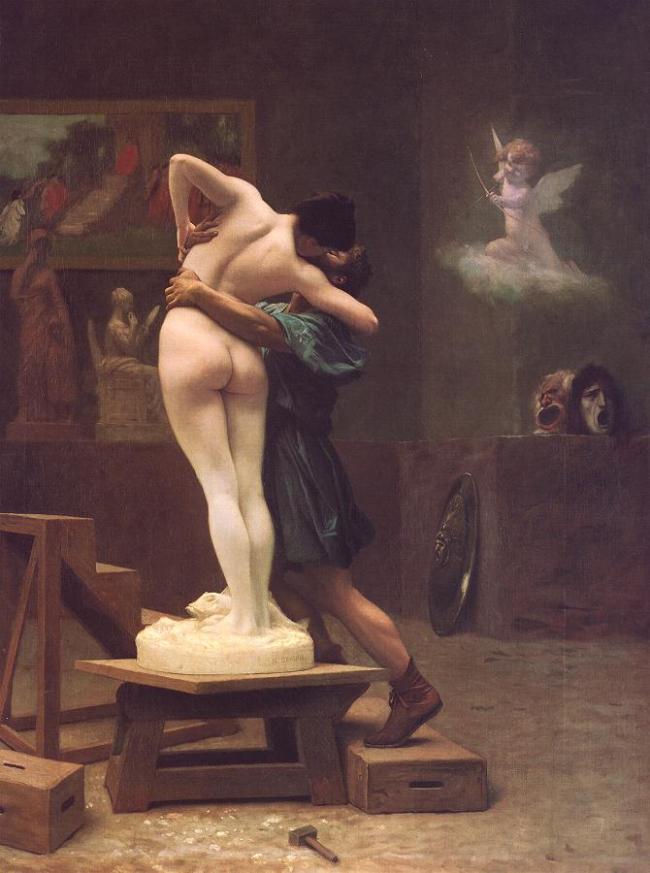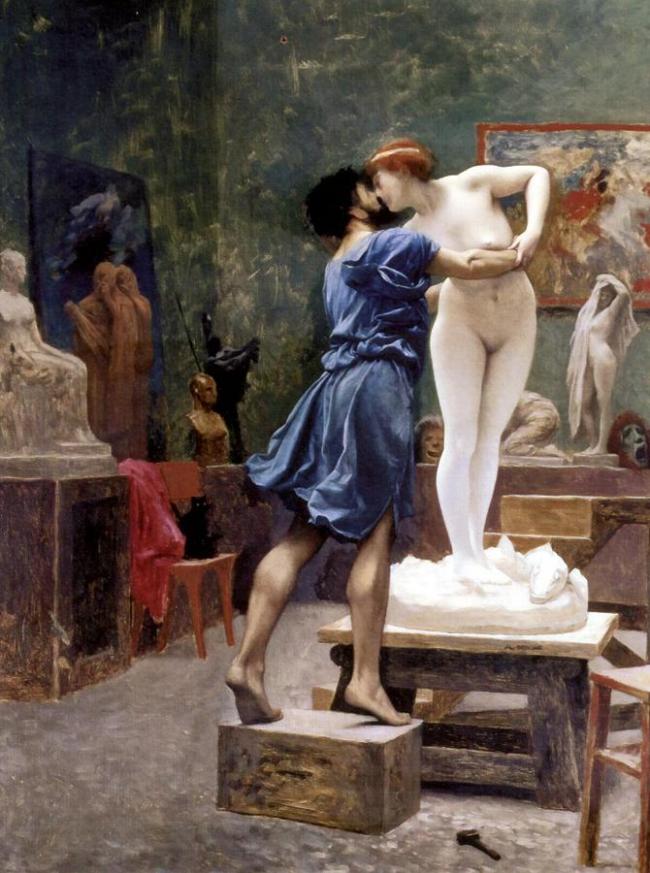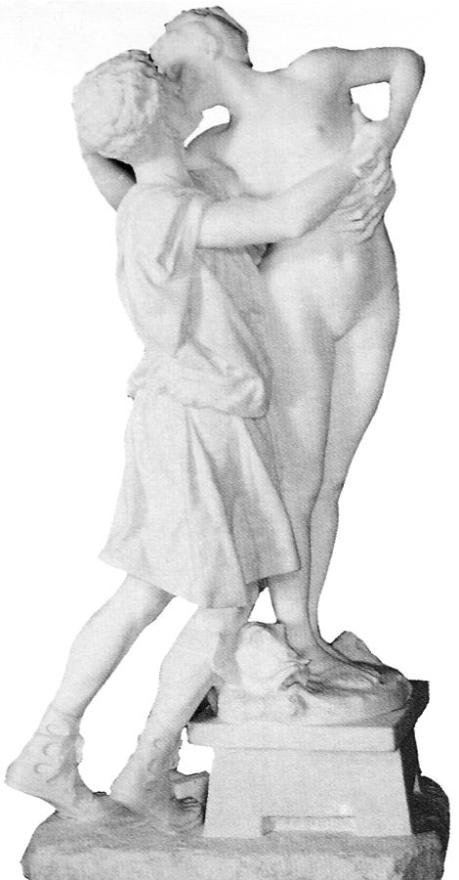French:
Certes, je ne suis pas une critique de cinéma, bien loin de là, mais comme tout le monde, je regarde des films, comme tout le monde, il y en a certains que j’aime, d’autres moins.
Voici donc mon premier article dédié à un film: Les Bien-aimés, de Christophe Honoré.
I. Synopsis
II. Ma scène préférée et pourquoi
III. Note objective
I. Synopsis:
Les Bien-Aimés nous fait voyager dans le temps et l’espace. Tout à tour, on se retrouve à Paris, Londres, New-York etc des années 60 aux années 2000. On commence par suivre l’histoire de Madeleine, jeune vendeuse de chaussures (le générique d’introduction avec la thématique des chaussures et de la séduction est magique) qui vend également ses charmes pour se faire de l’argent de poche, ne laissant aucun homme pénétrer son univers. Sauf que voilà, un beau jour, un bel et ténébreux inconnu nommé Jaromil vient la solliciter et elle tombe sous le charme. Cet homme est un pervers, opportuniste et un manipulateur mais Madeleine en est folle et aura même un enfant avec lui. Lorsque celle-ci se retrouve à Prague, prise par les russes, elle décide néanmoins de fuir car Madeleine a elle aussi un gros défaut: elle est égoïste et ne pense qu’à son plaisir. Des années plus tard on la trouve à Paris, mariée à un nouvel homme qui ne la rend pas pas heureuse, elle retrouve..son ancien mari, un amour, une passion charnelle dont celle-ci ne se lassera jamais et qui la hantera toujours.
Le premier personnage est donc Madeleine, que l’on commence à suivre lorsqu’elle a 20 ans (interprétée par la splendide Ludivine Sagnier mise en avant par de magnifiques vêtements 60s) que l’on retrouve plus tard en femme fatale en la personne de Catherine Deneuve.
Le second personnage est sa fille, Véra (Chiara Mastroianni), magnifique jeune femme dont la vie sentimentale se déchire entre son attirance et son désir de résister à Clément (Louis Garrel) qui incarne encore une fois un amant appauvri. Celui-ci est en effet fou amoureux de Véra depuis toujours, mais celle-ci lui résiste car elle est éperdument sous le charme d’Henderson (Paul Schneider), un musicien anglais et homosexuel…
Véra est aussi victime des passions de ses parents, de leurs hauts et de leurs bas, ils se servent d’elle pour mener à bien leurs projets et lui en disent beaucoup trop sur leur relation.
Les Bien-Aimés parle donc des passions sentimentales humaines: comment peut-on toujours aimer et désirer quelqu’un qui nous fait souffrir? Pourquoi ne se contente jamais de ce que l’on a? Pourquoi toujours penser que l’herbe est plus verte ailleurs?
Le tout servi avec brio en chanson avec la collaboration d’Alex Beaupain.
à voir aussi: La belle Personne, Les chansons d’amour.
II. Ma scène préférée et pourquoi: SPOIL
Ma scène préférée est lorsque Jaromil, père de Véra et toujours amant de Madeleine, âgé, décide d’acheter à sa fille, qui ne porte pas assez de couleurs selon lui, un sari rose fushia. Celle-ci lui répond “oui, mais je ne suis pas une femme mariée”…Tragique citation qui ne s’avérera jamais démentie et scène qui finira sur le second drame de la vie de Madeleine, qui, a la fin du film est tout simplement une femme démunie qui a perdu toutes les personnes qui lui étaient chères.
III. Ma note
☆☆☆☆
Le début du film est très prometteur mais on tombe parfois sur les clichés (les passions homosexuelles, le mari soumis, l’amant désillusionné) et l’énergie et la beauté des images se passant dans les 60s ne trouvent pas de pareille dans la suite du film.
- Madeleine et Jaromil dans les années 60
- Véra and Clément in their hotel room
- Véra and her mother
English:
Indeed, I am not a not a movie critic, far from this, but as everybody do, I watch movies and I like or hate some of them.
This article will be the first I’ll dedicate to a movie: Beloved, by French director Christophe Honoré.
- Summary
- II. My favourite scene and why
- Objective grade
1. Summary
The Beloved make us travel within time and space. By turns, we are in Paris, New York, London, starting in the 60s to finish in the 2000 era. We start by following Madeleine, a young shoes saleswoman (the opening scene with the focus on shoes and their seduction power is amazing and very graphical) who is also selling her body in order to have some pocket money, allowing no single man to enter her universe. Except that one day, a gorgeous and saturnine stranger called Jaromil came to solicit her and she succumbs to his charm. This man is an opportunist and a manipulator but Madeleine is mad about him and will eventually have a kid with him. Although, when she finds herself in Prague, occupied by the Russians, she decide to flee for she also has a big fault as she is selfish and can only think about her own pleasure. Years after this event, we meet her again in Paris, married to another man who does not make her happy even though he seems to be the perfect husband and she throws herself into Jaromil’s arms –her former husband- with whom she will develop love, carnal pleasure from which she will never depart and which will hunt her forever.
So, the first character is Madeleine that we start to follow when she is 20 (performed by the gorgeous Ludivine Sagnier, highlighted by amazing authentic 60s clothes) that we meet again years after as a femme fatale in the person of Catherine Deneuve.
The seond protagonist is her daughter, Véra (Chiara Mastroianni), a beautiful woman which sentimental life is torn apart by her attraction and her desire to resist Clément (Louis Garrel, who is once again performing an imperish lover). Since always, this one is indeed incredibly in love with her but Véra is resisting him for she is head over heels in love with Henderson (Paul Schneider), an English and homosexual musician…
Véra is also a victim of her parent’s relationship: its ups and downs, they ar eusing her to see through their projects and are giving her all the details about their relationship, some of them which should be private ones.
The Beloved is therefore about human beings’ sentimental passions: how can we still love and desire somebody who is hurting us? Why can’t we never get enough? Why do we always tend to think that the grass is always greener on the other side of the fence?
All coming as a kind of musical with the collaboration of Alex Beaupain.
If you like this one you should also watch: The Beautiful Person & Love Songs.
2. My favourite scene and why: SPOILER:
My favourite scene is when Jaromil, Véra’s father and still Madeleine’s lover- realizing that his daughter is not wearing that much colourful clothes, decides to buy her a sari. Véra replies back to him “yes but I am not a married woman”…A tragic statement which will never turn out to be true and will end on the second tragic drama happening in Madeleine’s life who ends up as a destitute woman who lost everyone she was caring about.
3. My grade:
☆☆☆☆
The beginning of the movie is really promising but we sometimes come across clichés (homosexual passions, the submissive husband, the disillusioned lover) and both the energy and the beauty of the images and scenes occurring in the 60s don’t find any equivalent in the rest of the movie.








